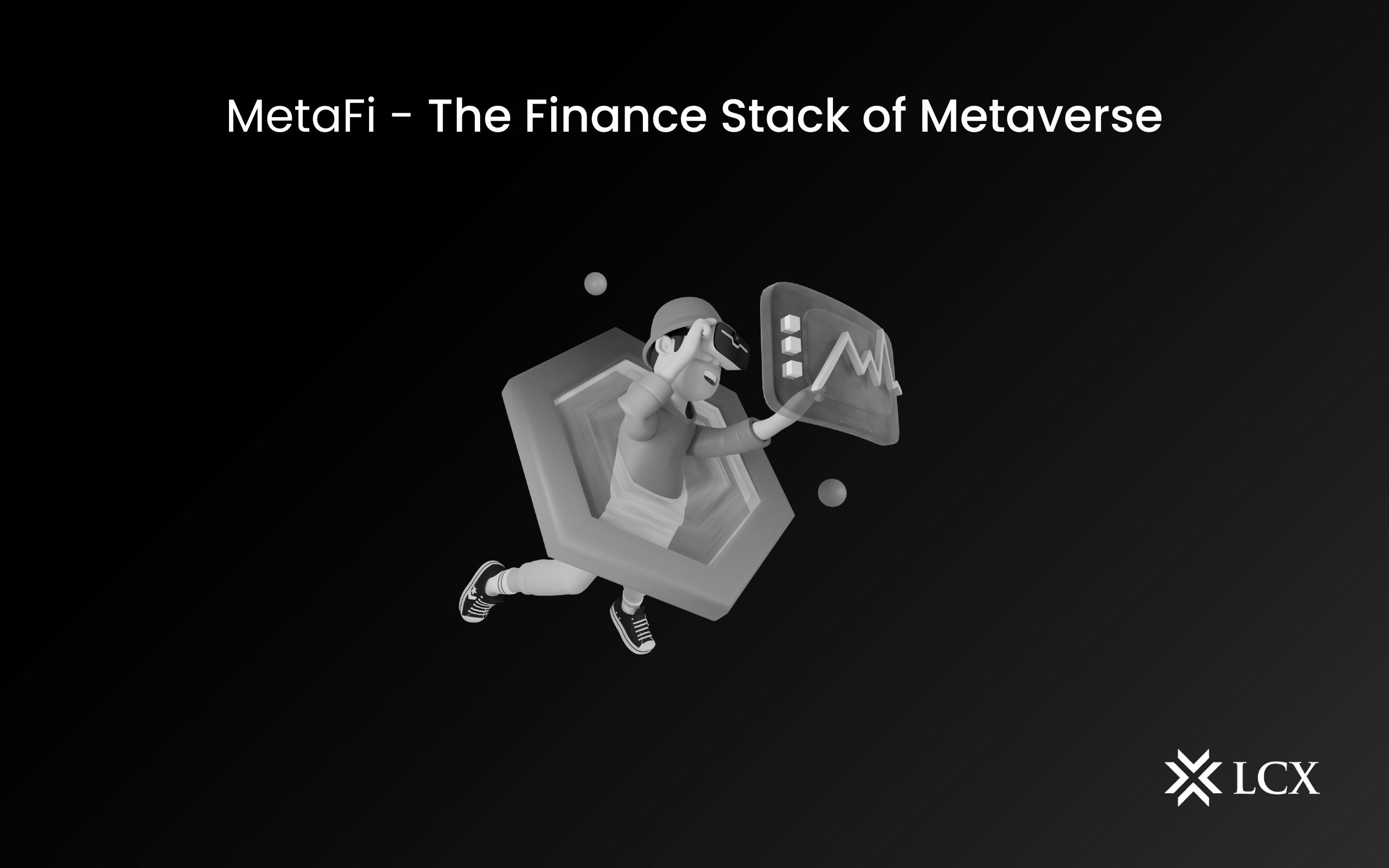There’s a lot of buzz about the metaverse right now. The Metaverse trend started after Facebook rebranded to Meta, defining its virtual reality vision. Soon after, Google, Nike, unity technologies, snap inc., and Microsoft also jumped into the trend to hold the dominant position in the virtual world. Metaverse has also laid the foundation for many new digital-first economies, particularly with the rise of NFTs and Play To-Earn games. Metaverse has become the next big thing in the crypto and blockchain space. While the Metaverse features futuristic technology and a futuristic approach, its most significant limitation is its lack of interoperability. In the absence of interoperability, in-game and virtual assets from one metaverse platform hold no value on another. To ensure interoperability and accessibility of its holdings across multiple virtual worlds, DeFi principles are essential. This is where MetaFi comes into play. Let’s find out what MetaFi is and how it is evolving to become a major player in crypto.
To learn more about MetaFi, you need to know about –
- DeFi
- Metaverse
- Interoperability problem of Metaverse
- MetaFi – A new paradigm of DeFi and Metaverse
What is DeFi?
DeFi, Decentralized finance, refers to financial technology/services that allow users to take loans, exchange currency, or other financial operations without the control of third parties. It defeats the deficiency of traditional finance by encouraging the elimination of fees charged by third parties/intermediaries, faster transactions, and financial liberty for users. DeFi is structured for digital tokens, whether fungible or non-fungible (NFTs).
To Learn More about DeFi, read here: https://www.lcx.com/defi-101/
What is Metaverse?
Metaverse is the virtual world providing an open and decentralized ecosystem driven by technologies such as blockchain, virtual reality, augmented reality, 3D construction, and artificial intelligence. Metaverse is a virtual universe that can be entered through specialized headsets/goggles, and users can also interact using their avatars.
There are two main concepts through which one can approach the metaverse – The interface layer and the Financial compute layer. The interface layer is where users come metaverse through hardware and software technologies – virtual reality, augmented reality, and mobile apps. The financial compute layer is where execution of metaverse computation takes place, providing the decentralized, trustworthy foundation based on which end users can exchange money, goods, and services. These technologies propel various applications and use cases to be expanded on top of the web3 world.
Interoperability problem of Metaverse
The major limitation of the metaverse has been its interoperability. Users have had difficulty interacting with/moving avatars between virtual worlds due to a lack of interoperability. It will be possible for users to move their experiences from one metaverse to another with the advent of interoperable metaverse ecosystems. Also, it will enable the transfer of in-game assets, objects, cards, wearables and much more between multiple virtual worlds.
What is MetaFi?
In essence, MetaFi is the convergence of Metaverse and DeFi. Metafi is a concept that delivers DeFi infrastructure to Metaverse, thus enabling interoperability and accessibility within the virtual world, which includes gameFi, socialFi, and NFTs. DeFi technology unlocks value in the Metaverse by making both technologies progress more quickly and enabling more users to access them. MetaFi introduces the Decentraliszed Finance tools to the Metaverse sector.
It became possible due to Metadata defining asset ownership. It brings DeFi principles to the Metaverse through the mix of fungible and non-fungible assets/tokens associated with community governance, such as Decentralized Autonomous Organizations. The combination of these components creates a new parallel economy that brings together the billions of users in the crypto economy.
MetaFi aims to create a new parallel economy based on standardized metadata attributes. These digital assets entitle mass adoption of web 3.0 and blockchain technology, providing users and players the new use cases. It involves all the finance functions plus assets expanding in the universe.
Traditionally, DeFi was the domain of only a small subset of the crypto developer community due to its technical complexity. New crypto trends have emerged, and the need for a financial layer within these subsets has become apparent. Gaming, NFTs, and Metaverse are the emerging sectors within Web3 that need the DeFi layer to increase adoption. MetaF is a virtual Meta-economy that includes places, events, shops, games, avatars, and everything to make users feel more content. MetaFi brings DeFi to this Meta-economy to increase the productivity of virtually owned assets.
The Gateway to Web3 future
There is still a long way to go and many more stages to come. There is no doubt that the MetaFi concept will bring more applications and innovations to the metaverse industry. Virtual assets must be easily traded, lent, backed, or plugged into DeFi protocols to unlock DeFi’s potential for the Metaverse.









